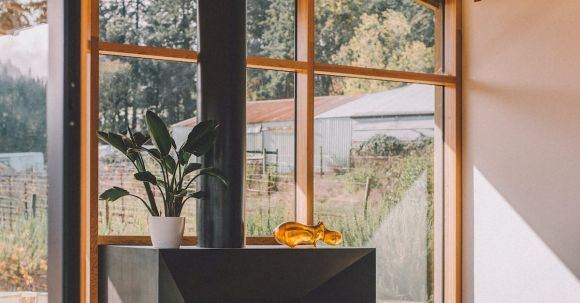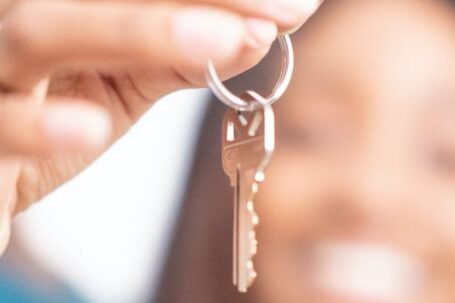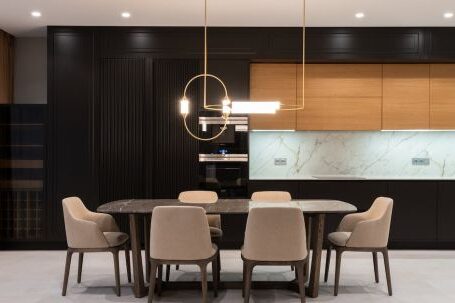The relationship between interior and exterior spaces in a home is crucial to creating a harmonious and seamless flow. When these spaces are designed to complement each other, it not only enhances the overall aesthetic but also improves the functionality and livability of the home. In this article, we will explore some key strategies to achieve a harmonious flow between interior and exterior spaces.
Creating a Seamless Transition
One of the first steps in achieving a harmonious flow is to create a seamless transition between the interior and exterior spaces. This can be done through the use of large windows, glass doors, or even retractable walls. By allowing natural light to flood the interior and providing unobstructed views of the exterior, these design elements blur the boundaries between the two spaces, making them feel interconnected.
Choosing Complementary Materials
Another important aspect of achieving a harmonious flow is selecting materials that work well both indoors and outdoors. By using materials that complement each other, such as natural stone, wood, or metal, you can create a sense of continuity throughout the space. For example, if you have a stone fireplace inside, consider using a similar stone for an outdoor patio to tie the spaces together visually.
Extending Living Spaces
To truly create a harmonious flow, it is essential to extend the living spaces from indoors to outdoors. This can be done by creating outdoor seating areas, dining spaces, or even outdoor kitchens. By seamlessly blending these areas with the interior, you create additional living spaces that can be enjoyed year-round. Incorporating elements such as outdoor fireplaces or pergolas can also help create a cozy and inviting atmosphere, further enhancing the connection between the two spaces.
Considering the Landscape
When designing the exterior spaces, it is important to consider the surrounding landscape. By incorporating elements from the natural environment, such as plants, trees, or water features, you can create a sense of harmony and unity with the exterior surroundings. Additionally, using similar color palettes or textures can help tie the interior and exterior together, creating a cohesive design.
Focusing on Functionality
While aesthetics are important, it is crucial to prioritize functionality when creating a harmonious flow between interior and exterior spaces. Consider how the spaces will be used and design accordingly. For example, if you enjoy entertaining, ensure that the outdoor spaces are equipped with adequate seating and dining areas. If you have children or pets, consider incorporating a play area or designated space for them to enjoy. By designing with functionality in mind, you can create spaces that seamlessly transition from indoor to outdoor and meet the needs of your lifestyle.
Maintaining Consistency
Consistency is key when achieving a harmonious flow between interior and exterior spaces. This means ensuring that the design elements, color palettes, and overall style are consistent throughout. By maintaining a cohesive design, the transition between the two spaces becomes almost imperceptible, creating a sense of unity and balance.
In conclusion, achieving a harmonious flow between interior and exterior spaces is essential to creating a cohesive and functional home. By creating a seamless transition, choosing complementary materials, extending living spaces, considering the landscape, focusing on functionality, and maintaining consistency, you can create a truly harmonious and interconnected living environment. So, take the time to carefully design your spaces and enjoy the benefits of a home that seamlessly blends the indoors with the outdoors.





